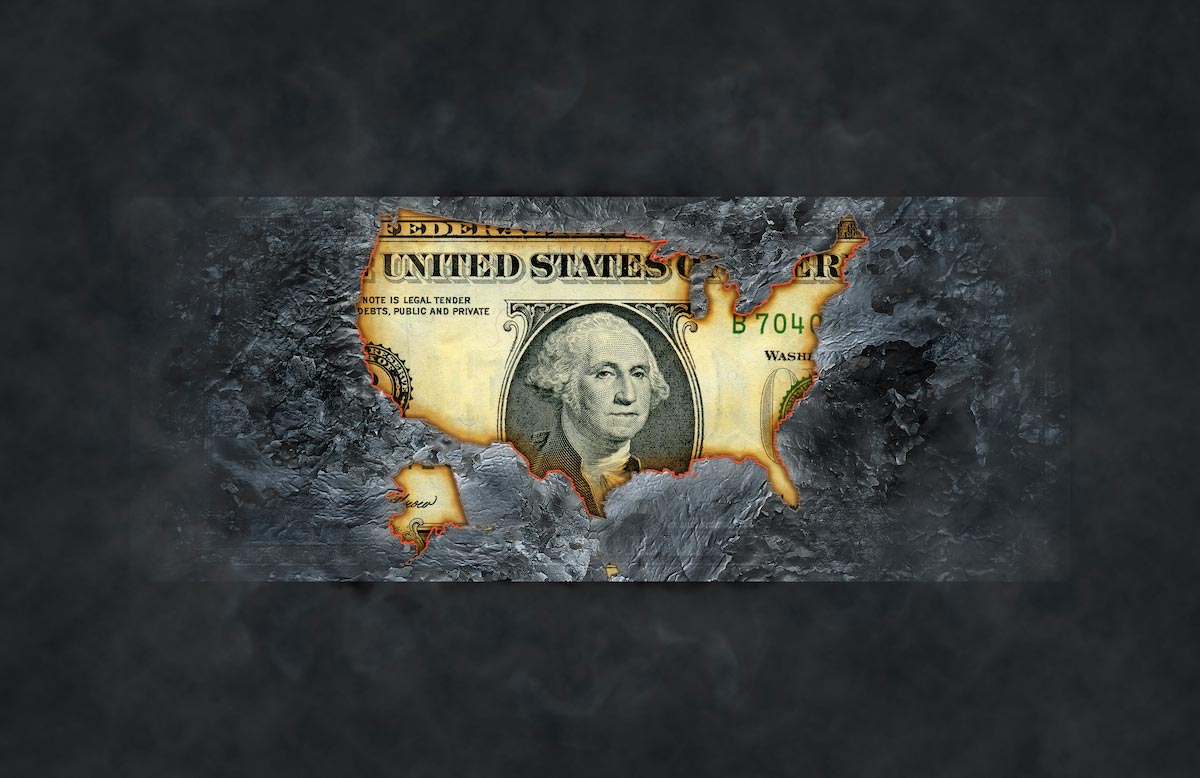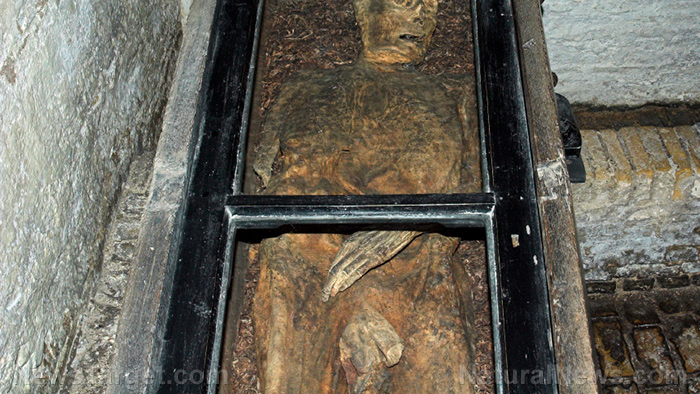Terence Corcoran's "Public Money, Private Greed" looks at the largest financial scandal in Canadian history
- Leonard Rosenberg, William C. Player and Andrew F. Markle, from modest backgrounds, rose to prominence in the Canadian financial sector through aggressive real estate deals, only to see their empires collapse in one of Canada's most significant financial scandals.
- The trio's involvement in the largest real estate transaction in Canadian history – the $500 million Cadillac Fairview deal – highlighted their ambitious and risky business practices, which ultimately contributed to their downfall.
- The collapse of Greymac, Seaway and Crown Trusts led to unprecedented government intervention, the loss of up to $300 million and the largest and most expensive government investigation in Canadian history, revealing questionable lending practices and a lack of transparency.
- The scandal exposed significant regulatory gaps in the Canadian financial sector, leading to the passage of new legislation aimed at preventing similar crises, described by one judge as "almost wholly at odds with any other legislation... adopted by any legislature in peacetime Canada."
- The affair serves as a cautionary tale about the dangers of unchecked ambition and the critical importance of regulation and oversight in maintaining the integrity of the financial system, with lessons that remain relevant today.
In the annals of Canadian financial history, few stories are as riveting and cautionary as the collapse of Greymac, Seaway and Crown Trusts. This tale, chronicled in Terence Corcoran's book "
Public Money, Private Greed: The Greymac, Seaway, and Crown Trusts Affair," is a saga of ambition, greed and the catastrophic consequences of unchecked private interests within the financial sector.
The story revolves around three unlikely figures – Leonard Rosenberg, William C. Player and Andrew F. Markle – who rose from modest beginnings to become multi-millionaires, only to see their empires crumble in one of the most significant financial scandals in Canadian history.
Rosenberg, a former real estate broker from Hamilton, was 43 when he found himself at the helm of two trust companies – Greymac Trust and Crown Trust – by the end of 1982. His journey from a local broker to a financial magnate was marked by aggressive deal-making and a relentless pursuit of wealth. However, his success was short-lived as 1983 saw his companies stripped away by government intervention.
Player, a 35-year-old real estate packager and manager from Elmvale, was another key player in this drama. By the end of 1982, Player managed $1 billion worth of real estate, but the beginning of 1983 found him fleeing from receivers who were
pushing his company into bankruptcy. Player's larger-than-life personality and ambitious projects, such as his vision to transform Toronto's Maple Leaf Gardens, were both his greatest asset and his downfall.
Markle, a 39-year-old minister's son and former schoolteacher from Stayner, was the sole common shareholder of Seaway Trust Company, which grew to become one of the fastest-growing trust companies in Canadian history. By the end of 1982, Seaway had $475 million in assets, but it too fell under government control in 1983. Markle's calm and collected demeanor contrasted sharply with the volatile nature of the business he was in, but it did little to shield him from the storm that was brewing.
The turning point in their story came with the Cadillac Fairview deal, the largest real estate transaction in Canadian history at the time. The deal involved the purchase of 45 properties with 15,195 apartment units and $181.4 million in mortgages.
This massive transaction, facilitated by Toronto lawyer Rennie Mastin, who had connections to wealthy Saudi investors, seemed like the golden ticket the trio had been searching for. However,
the deal was fraught with complexities and risks, including the challenges of rent control and the intricate financial maneuvers required to secure the deal.
The collapse of Greymac, Seaway and Crown Trusts was not just a financial disaster; it was a political and regulatory nightmare. The trio's aggressive business practices, combined with the lack of clear definitions of value in trust legislation and inadequate regulatory oversight, created a perfect storm. The result was
the unprecedented collapse of three trust companies, the loss of up to $300 million, and the largest and most expensive government investigation ever conducted in Canada.
The investigation revealed a web of questionable lending practices, inflated appraisals and a lack of transparency. Seaway Trust, in particular, was criticized for its reliance on appraisals and its willingness to finance high-risk projects, such as Player's Multiple Unit Residential Buildings (MURBs). The government's intervention was swift and decisive, leading to the passage of legislation that one judge described as "almost wholly at odds with any other legislation... adopted by any legislature in peacetime Canada."
The aftermath of the Greymac, Seaway and Crown Trusts affair was far-reaching. The financial sector was left reeling, and the public's trust in financial institutions was severely shaken. The government's response, while necessary, highlighted the need for more robust regulatory frameworks to prevent such crises in the future. The story of these three men serves as a stark reminder of the dangers of unchecked ambition and the importance of accountability in the financial sector.
In the end, the collapse of Greymac, Seaway and Crown Trusts is more than just a financial scandal; it is a cautionary tale about the perils of
mixing public money with private greed. It underscores the critical role of regulation and oversight in maintaining the integrity of the financial system and protecting the broader economic fabric of the nation. As we reflect on this chapter in Canadian financial history, it is clear that the lessons learned from this affair remain as relevant today as they were over three decades ago.
Watch this video about Terence Corcoran's book "Public Money, Private Greed: The Greymac, Seaway and Crown Trusts Affair."
This video is from the
BrightLearn channel on Brighteon.com.
Sources include:
Brighteon.ai
Brighteon.com









